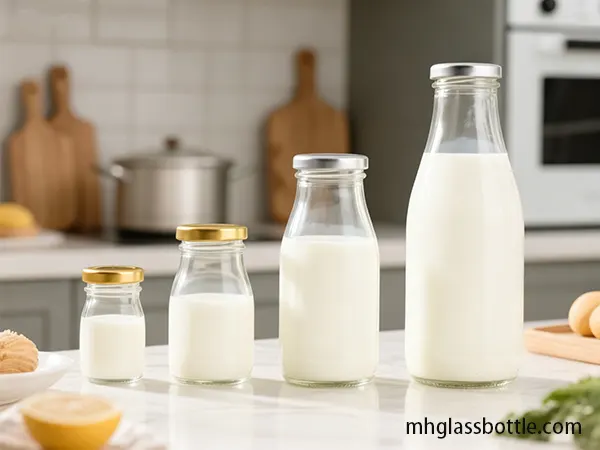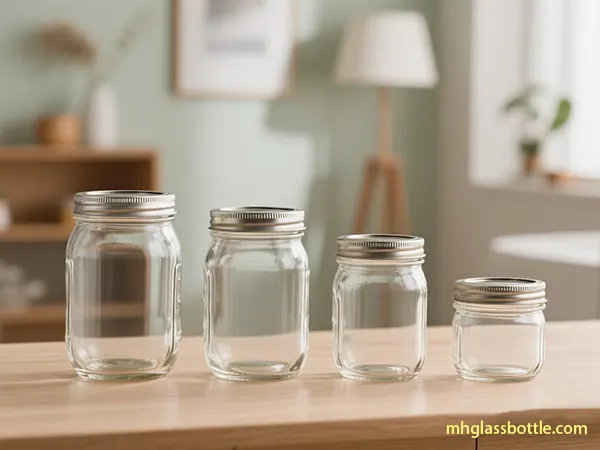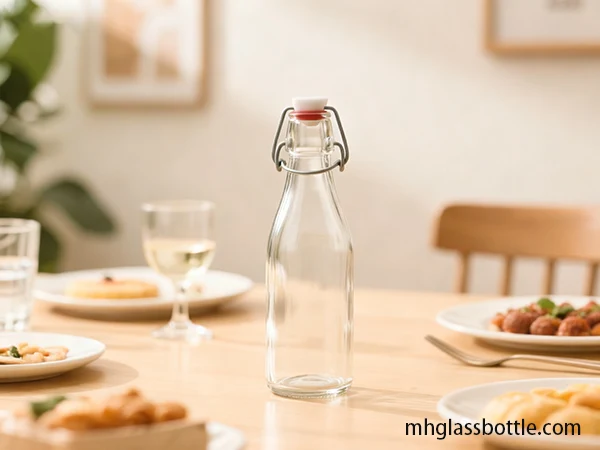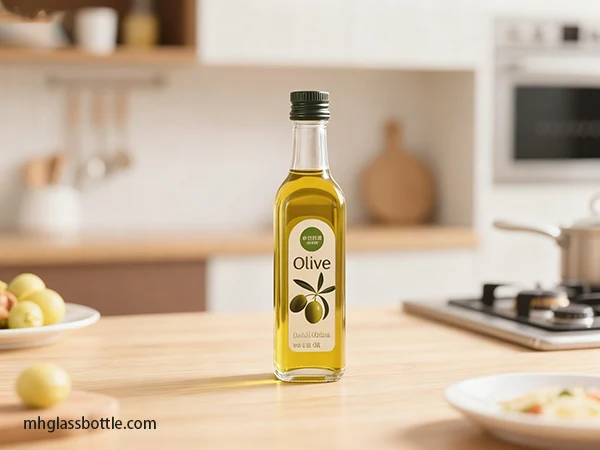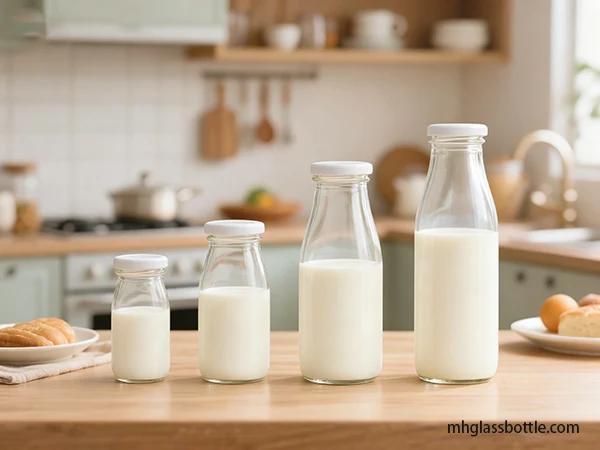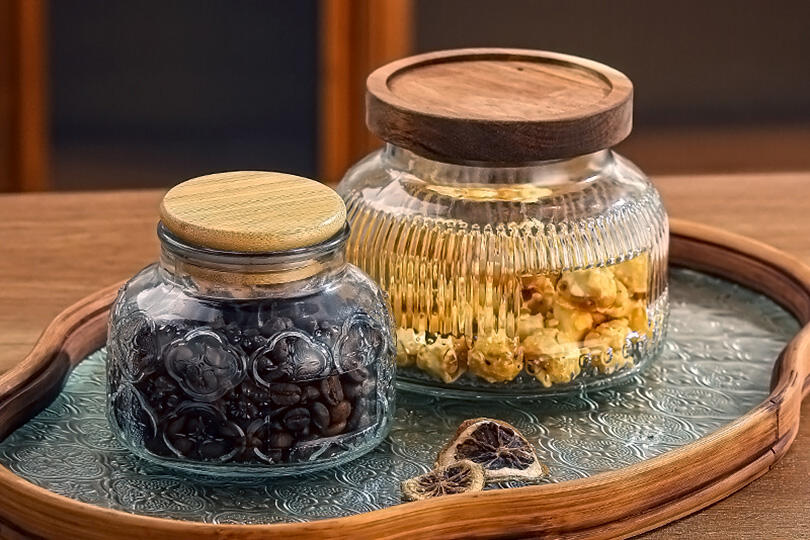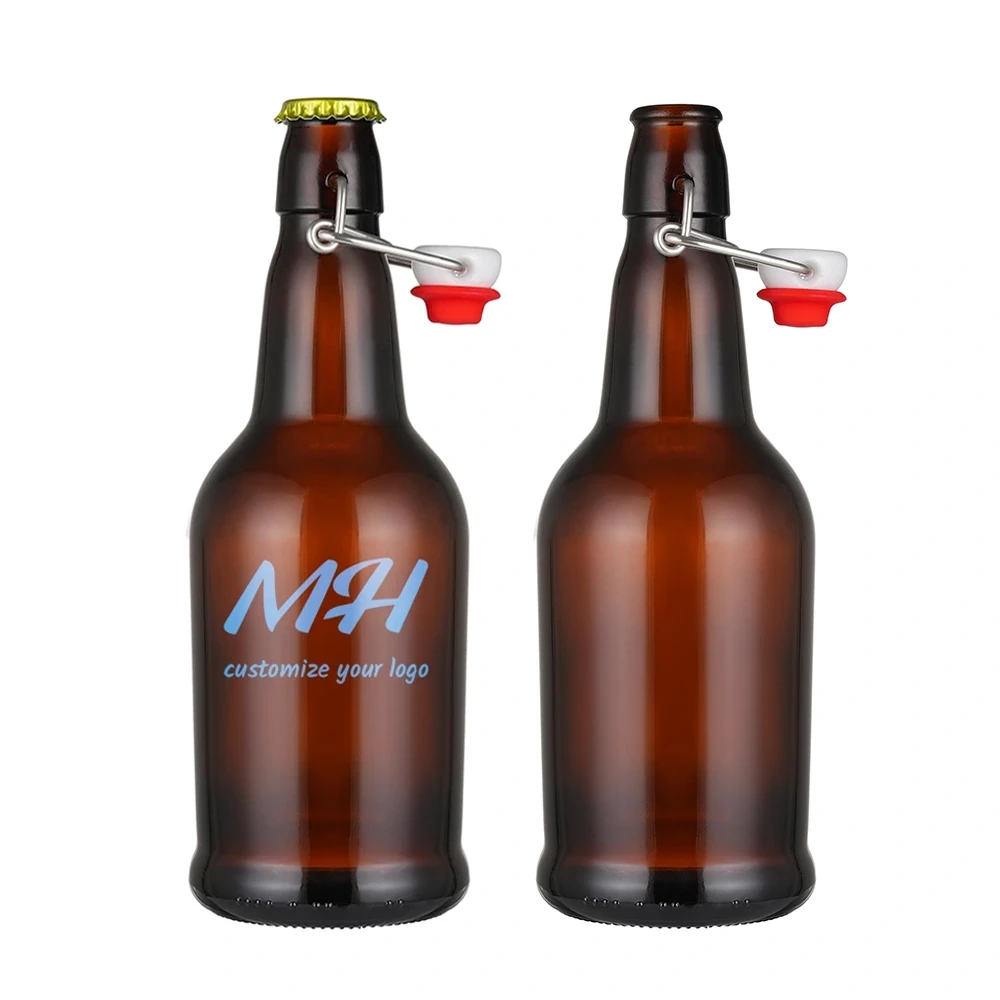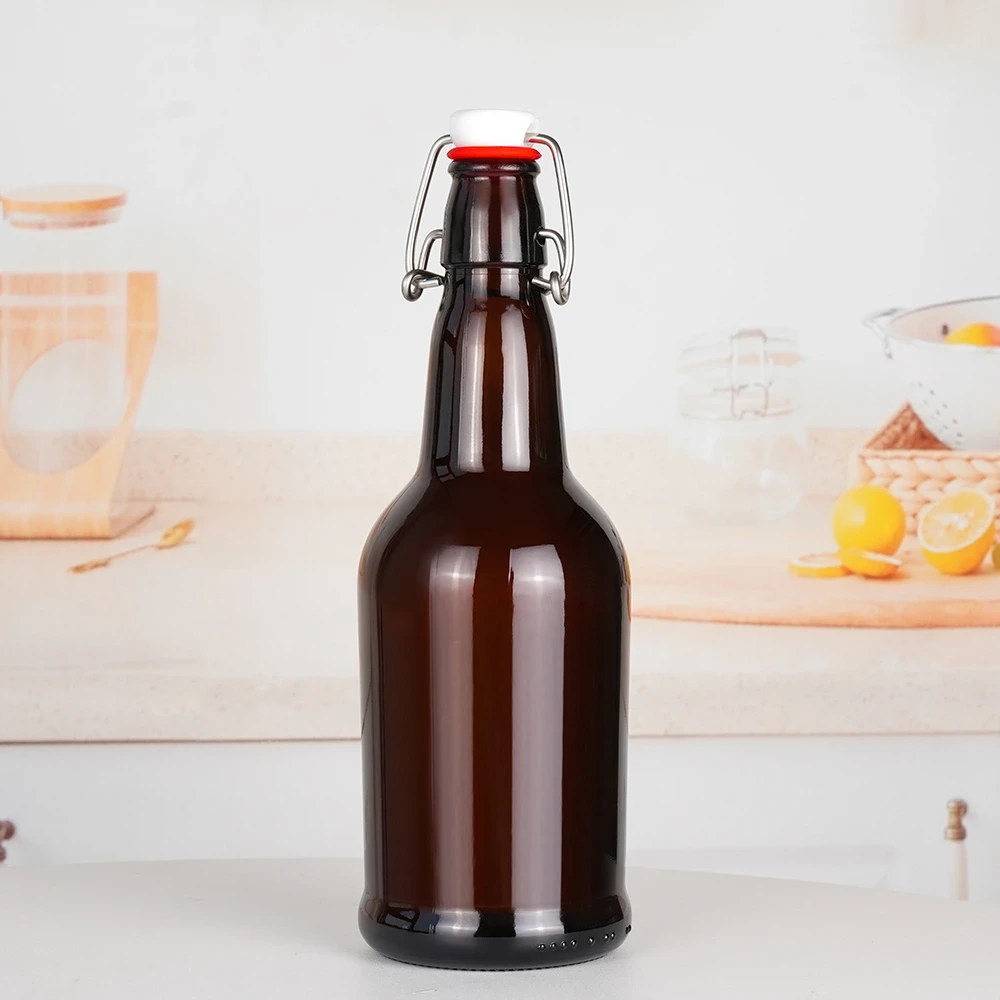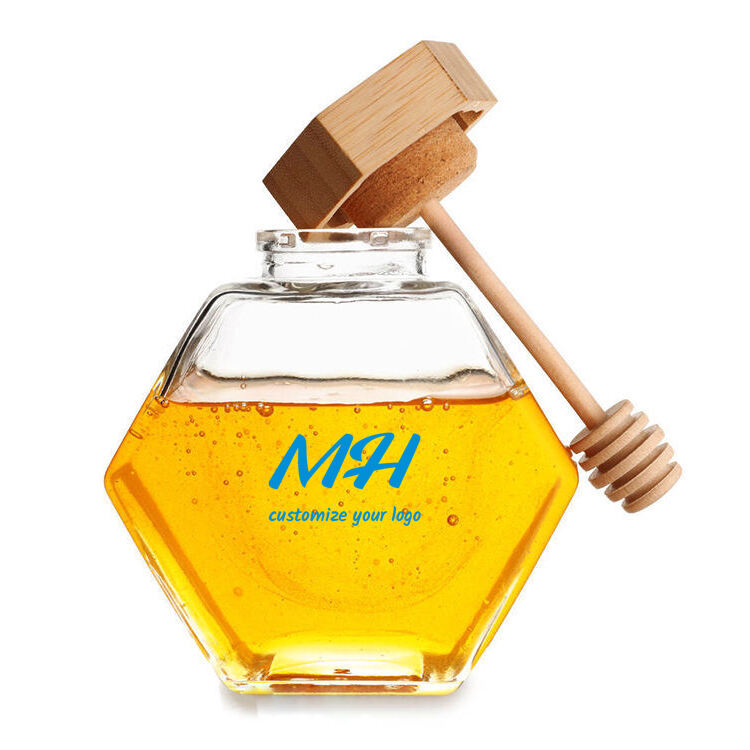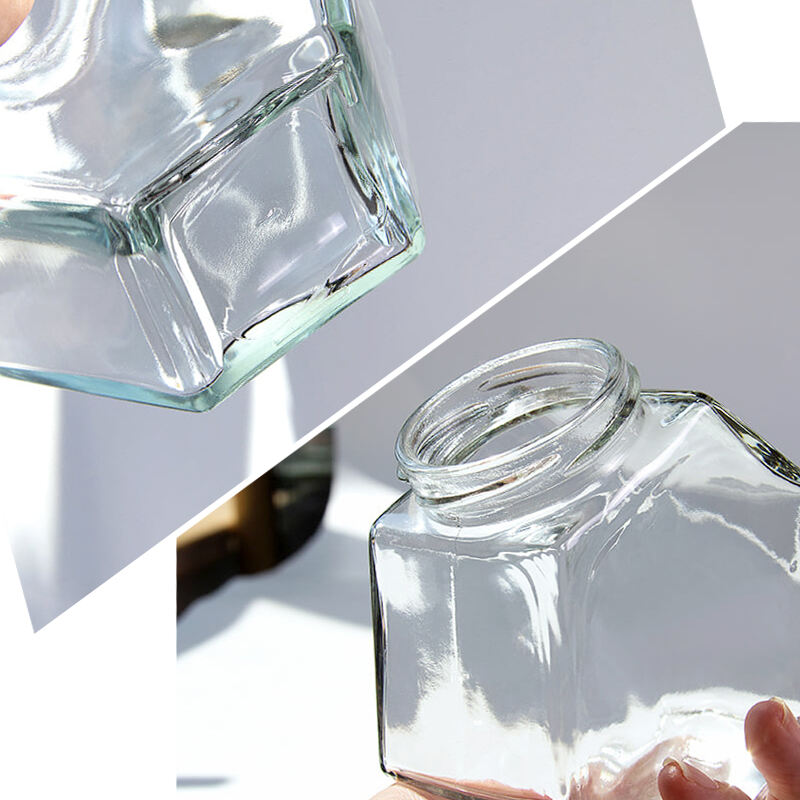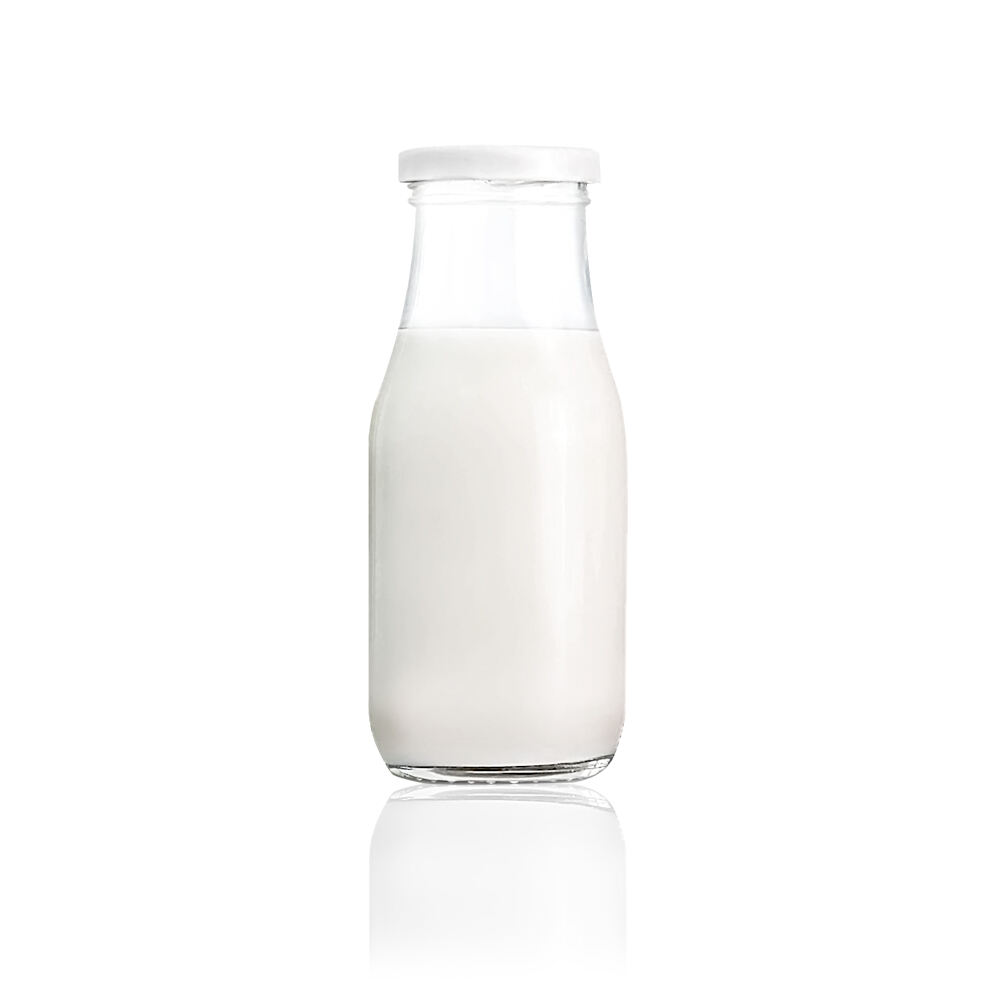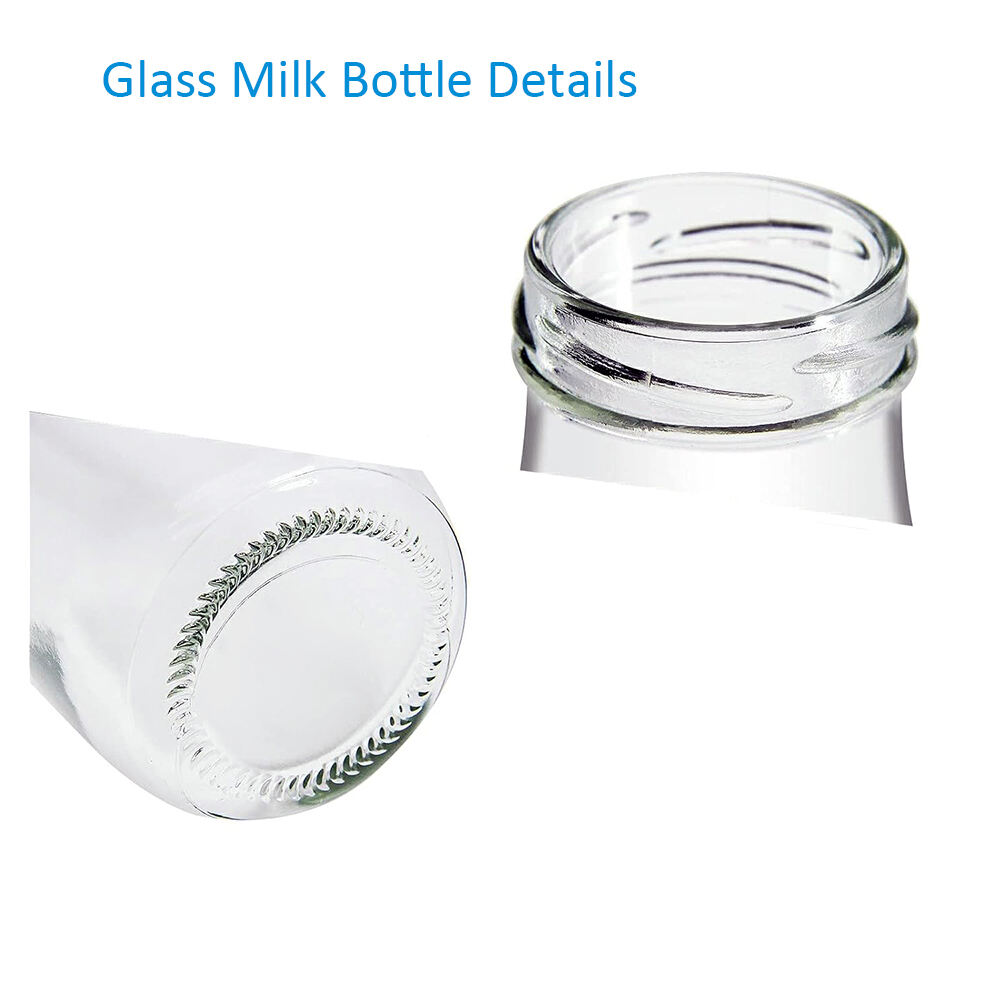When it comes to baby bottles, one question keeps coming up: Are glass baby bottles better than plastic? It’s a key concern for parents — and for you as a brand or distributor shaping your product lineup. Both options have their strengths. Glass offers purity and durability, while plastic brings lightness and impact resistance. But which one truly aligns with your customers’ needs and market demands? In this guide, we’ll break down the differences — from safety and usability to cost and sustainability — so you can confidently decide which material fits best into your packaging strategy and brand positioning.
1. Material composition and safety comparison
The material of the baby bottle is directly related to the baby's health. Let's first understand the material composition of glass and plastic baby bottles, as well as their possible safety hazards, especially the problems of chemical precipitation and microplastic release.
1.1 Glass baby bottles: safe and stable "big brother"
Glass baby bottles are usually made of borosilicate glass or tempered glass.
- Borosilicate glass: This glass contains about 15% boron oxide, has a low thermal expansion coefficient, and is highly resistant to thermal shock. Even if it is taken out of the refrigerator and directly placed in hot water, it is not easy to burst. In addition, borosilicate glass is chemically stable and will not precipitate harmful chemicals. It is very safe for contact with food, and laboratories also use it to store hazardous chemicals!
- Tempered glass: After high-temperature heating, rapid cooling and physical strengthening treatment, although it also has good thermal stability, its performance is still slightly inferior to borosilicate glass when encountering sudden temperature changes.
The biggest advantage of glass baby bottles is that they are chemically stable. Whether heated or poured into hot water and shaken, they will not release microplastics and toxins, nor will they precipitate harmful chemicals. However, it should be noted that you should try to choose unpainted transparent glass milk bottles, because studies have found that many painted glass milk bottles may contain lead, which poses a safety hazard.
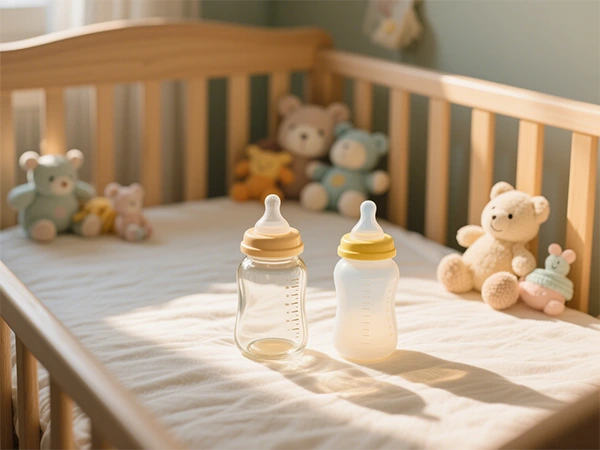
1.2 Plastic milk bottles: "potential stocks" with hidden risks
Common materials for plastic milk bottles are polypropylene (PP) and silicone. Many products now claim to be "bisphenol A (BPA)-free".
- Polypropylene (PP): When it comes to plastic milk bottles, many people have heard of polypropylene (PP), which is indeed the most commonly used plastic material. But did you know? Studies have found that every time a PP milk bottle is used to brew milk powder, up to 16 million microplastics and trillions of nanoplastics may be released per liter of milk! And the higher the water temperature, the more microplastics "come out". For example, when brewing milk with 25℃ warm water, a PP milk bottle will only release 600,000 microplastics; but if it is changed to 95℃ hot water, this number will soar to 55 million! What is more worrying is that PP water cups and lunch boxes will also release so many microplastics, and this is not a "problem" unique to milk bottles.
- BPA-free plastics: Although many countries have banned the use of BPA in baby bottles, these plastics may contain "alternatives" such as bisphenol S (BPS) and bisphenol F (BPF), which may pose a greater threat to health and can also leach from plastics into milk. Studies have found that 70% of plastics, even if printed with "BPA-free", have already begun to release estrogen-like chemicals before washing, microwave heating, or even sunlight exposure.
- Other chemical precipitation: In addition to BPA and its "alternatives", BPA-free plastic bottles may also release substances such as phthalates, which can quietly interfere with the baby's endocrine system and affect health. There are also some materials that we are not familiar with, such as polyethersulfone (PES) and polyamide (PA), which may also release substances that are not good for babies.
1.3 Other material bottles: a niche but safe choice
In addition to glass and plastic, there are actually these "treasure" material bottles, which are especially suitable for parents who pursue safety:
- Stainless steel bottles are like the "Iron Man" of milk bottles, which are stronger than you think. Even if they are dropped to the ground by the baby, they are still intact and can keep warm for a long time. They are made of food-grade 304 stainless steel and do not contain any substances that may be harmful to babies, such as bisphenol A, polyvinyl chloride and phthalates, and even melamine and lead. It is very safe for babies to use!
- Silicone bottles are like gentle "soft and cute partners", as light as feathers, and babies can hold them without pressure, and they are still intact even if they fall more than a dozen times. The most surprising thing is that it can withstand high-temperature steaming and sterilization, and can also be "cooled" and frozen in the refrigerator without releasing any harmful substances during the whole process.
1.4 Microplastics ingested by babies and how to deal with them
A global survey shows that according to the World Health Organization (WHO) milk powder sterilization and preparation standards, a 12-month-old baby may actually "eat" more than 1 million microplastics a day! What's more worrying is that babies in different regions have different degrees of "infection". For example, babies in Oceania, North America and Europe have particularly high levels of microplastics in their bodies. Seeing this, who can not be anxious! Don't panic! In fact, as long as you adjust the milk powder preparation and sterilization methods, you can help your baby "eat" less microplastics. The World Health Organization (WHO) gave us some suggestions, you can do it correctly:
- Sterilize the bottle according to WHO standards and let it cool naturally.
- Prepare sterilizing water in a non-plastic container.
- Rinse the bottle at least three times with room temperature sterilizing water.
- Use water above 70°C in a non-plastic container to prepare the powdered milk, cool it to room temperature, and then pour it into a high-quality plastic bottle.
Also, avoid the following practices:
- Do not heat the prepared powdered milk in a plastic container (especially in the microwave).
- Do not shake the bottle vigorously.
- Do not use an ultrasonic cleaner to clean plastic bottles.
Try to wash the bottle by hand or dry it after removing it from the dishwasher to reduce the impact of high temperature on the bottle. Be aware that the mechanical friction when shaking the bottle to prepare the powdered milk can cause a surge in the release of microplastics! Even plastic milk storage bags contain microplastics. Babies who drink milk from bottles may ingest more than 160 times the amount of microplastics as adults!
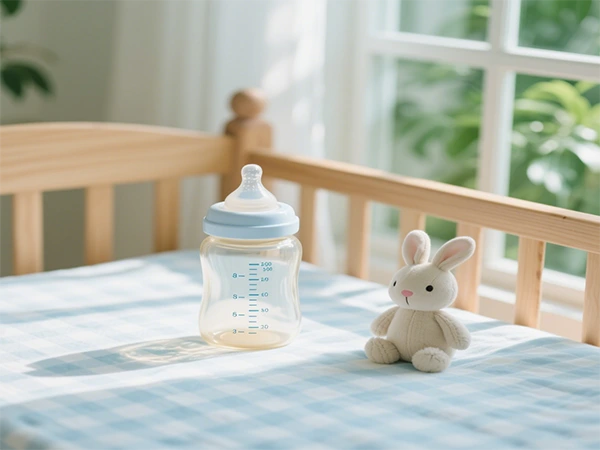
2. Durability, usage and cleaning experience comparison
Whether the bottle is durable, easy to use and easy to clean are also important references for everyone to choose a bottle.
2.1. Durability and risk of breakage
When it comes to the "resistance" of glass baby bottles, the difference between different materials is not small! Borosilicate glass can be called the "king of shatterproof" in the baby bottle industry. It is more resistant to tossing than ordinary glass, and even tempered glass is slightly inferior in durability. However, no matter how "strong" the glass is, it has its weaknesses - if it is thrown to the ground by the baby, or hits a hard object, borosilicate glass and tempered glass baby bottles may crack or even break. After all, no one can withstand "hard collision"!
Want to make the glass baby bottle "longer"? Just put on a "protective suit" for it! Put on a soft silicone protective cover, not only is it not easy to slip in your hand, if you accidentally slip and fall, the silicone cover can also cushion the impact force like an airbag, greatly reducing the risk of breaking. In this way, you can enjoy the safety advantages of glass baby bottles, and reduce the trouble of frequent bottle changes, which makes it easier to take care of your baby~
2.2. Weight and ease of use
Glass bottles are heavier than plastic bottles. If you want to train your baby to drink milk from the bottle by himself, plastic bottles may be easier to use.
2.3. Cleaning and sterilization
Glass baby bottles: not easy to leave odor and stains, super convenient to clean and sterilize. No need for high temperature sterilization, warm water and bottle cleaner can clean it, and the nipple can be scalded with a small amount of boiling water. Boiling, steam sterilization, and dishwasher cleaning are all OK.
Plastic baby bottles: need high temperature sterilization, but in this way, milk stains are more likely to remain, sterilization is troublesome and easy to have odor, and the replacement frequency must be higher.
2.4. Heat resistance
Borosilicate glass is like the "heat-resistant little superman" in the milk bottle world. Even if it is just taken out of the refrigerator and poured directly into boiling water, or rinsed with cold water immediately after boiling, it can be stable and not easy to crack. Although tempered glass is also relatively heat-resistant, it is easy to "get angry" and crack when encountering sudden temperature changes, such as putting it in cold water just after being scalded with hot water.
However, glass milk bottles have a "small disadvantage" - they are particularly good at "hoarding heat"! The bottle body will feel very hot after being heated with hot water. Before feeding your baby, you must remember to test the temperature with the back of your hand first, or put on a non-slip and heat-insulating protective cover. Don't rush to pick it up, be careful of burning your hands~
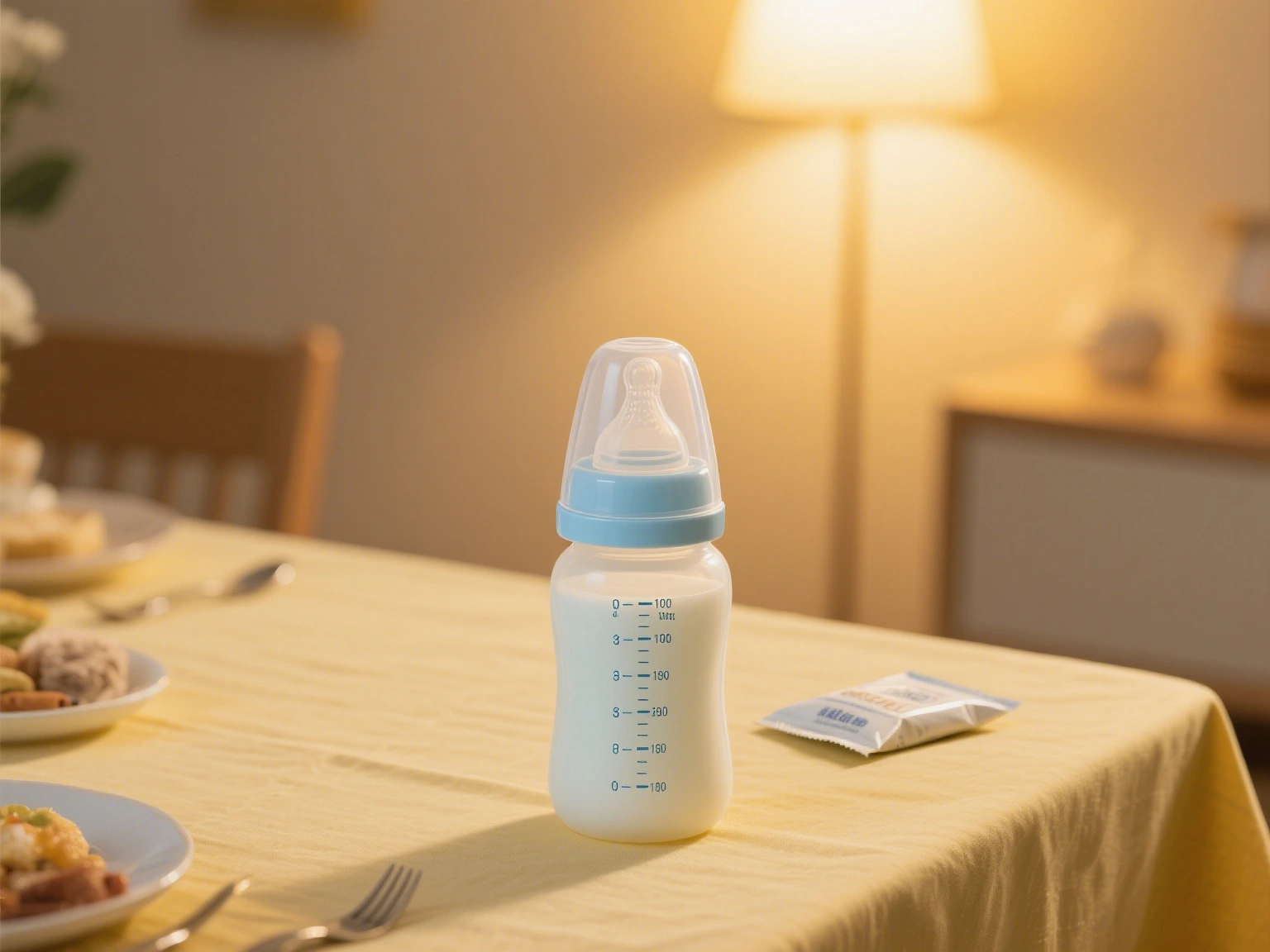
3. Cost and environmental footprint
In addition to safety and practicality, cost and environmental impact are also important considerations.
3.1. Cost analysis: the game between short-term investment and long-term returns
-
Initial procurement cost: glass milk bottles have a higher "entry fee"
The purchase price of glass milk bottles is usually 20%-30% higher than that of plastic milk bottles, which is a considerable expense for distributors who are distributing goods for the first time. Taking a batch of 500 milk bottles as an example, choosing borosilicate glass material may cost about $800 more than PP plastic. -
Long-term use cost: the "money-saving code" of glass milk bottles
Low replacement frequency: glass milk bottles can be used for 3-5 years without any problem, and can even be used for the second and third children; while plastic milk bottles may have to be replaced every year due to scratches and odor changes, and the long-term procurement cost exceeds that of glass milk bottles by more than 40%. - Accessory cost: Although it needs to be matched with a silicone protective cover (adding about 5% cost), the overall investment is more controllable compared to the frequently replaced nipples and bottles of plastic bottles.
- Residual value realization: Durable glass bottles have a higher resale or donation rate. European market data shows that the residual value rate of high-quality glass bottles can reach 30%, which can directly offset the initial purchase cost.
-
Mixed procurement strategy: the wisdom of balancing safety and cost
Many maternal and child chain stores adopt the combination strategy of "glass for home use + plastic for outing": glass bottles for home use are the main selling point of safety, and plastic bottles for outings are used to reduce costs. This model increases the average customer price by 15% while increasing inventory turnover by 20%.
3.2. Environmental footprint: a full-cycle competition from production line to landfill
Production side: the struggle between energy consumption and emissions
- Glass milk bottles: Although natural raw materials such as sand and limestone are environmentally friendly, the energy consumption of high-temperature kilns at 1500℃ is three times that of plastics. The carbon emissions of each ton of glass milk bottles reach 4.3kg CO2, which is equivalent to the emissions of a car driving 20 kilometers.
- Plastic milk bottles: Taking PP as an example, the production energy consumption is low, but the raw materials come from petroleum refining, and 21% of plastic milk bottles will release alternative chemicals such as BPS, which may trigger the compliance review of the EU REACH regulations.
Transportation and recycling: the problem of weight and circulation
Glass baby bottles weigh up to 40 times more than plastic ones. That means less can fit in a shipping container — just one-fifth as many — and freight costs jump by 35%. It’s a big hit to your bottom line.
Recycling is also troublesome. The recycling of plastic milk bottles is not ideal, with a recycling rate of less than 21%, and 60% eventually become garbage, which puts great pressure on environmental protection. Although glass milk bottles can be recycled indefinitely, once they are broken, the transportation cost soars, and many recyclers are unwilling to take over. When choosing materials, these accounts must be carefully calculated!
Decision-making suggestions: Customize material solutions for different markets
In actual business decisions, the differences in demand in different markets require precise matching of material strategies:
For the high-end organic market, glass baby bottles are the first choice. Although the initial cost is high, the 30-50% premium space can cover the investment. At the same time, it is necessary to focus on passing FDA lead-free certification to meet the safety demands of high-end customers; the mass fast-moving consumer goods market is more suitable for plastic baby bottles, whose logistics costs are 40% lower than glass, but BPA/BPS-free test reports need to be prepared in advance to respond to consumers' concerns about safety; and in emerging environmental markets, hybrid solutions are more flexible - combining the safety properties of glass with the portability of plastic, while paying close attention to the update of local recyclable material policies and adjusting product structure in a timely manner.
In the environmental protection issue of "Are Glass Baby Bottles Better Than Plastic", there is no absolute right or wrong, only precise market matching. Whether you are planning to develop a high-end brand route for glass milk bottles or betting on the green trend of biodegradable plastics, we can provide full-chain data support from LCA life cycle assessment to carbon footprint accounting, helping you seize the initiative in sustainable business in the maternal and infant products sector.
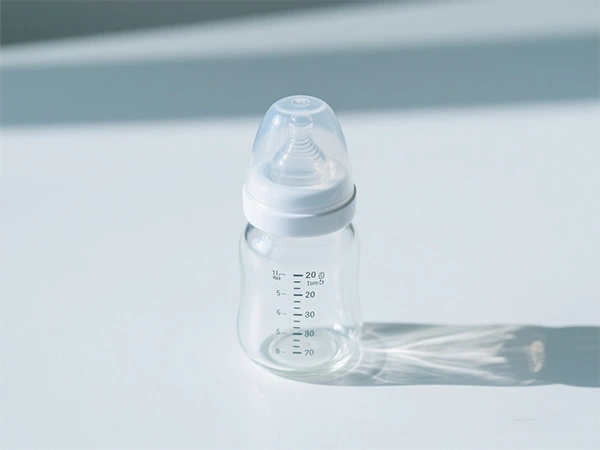
4. The core advantages of choosing Minghang as your supplier
When you are looking for a reliable partner for baby bottles in B2B procurement, Minghang will escort your business with six core capabilities
4.1. Strict quality control to ensure safety
Minghang knows that the safety of maternal and infant products is the lifeline of the brand. From the screening of borosilicate glass raw materials to the detection of PP plastic particles, we monitor every process throughout the process to ensure that the products pass both FDA (U.S. Food and Drug Administration) and EU CE certification. In particular, for the material controversy of "Are Glass Baby Bottles Better Than Plastic", we conduct special tests on the zero chemical migration characteristics of glass and the risk of microplastic release of plastic, so that your products have an indisputable safety endorsement in the terminal market.
4.2. Full material solution, be your product selection think tank
We not only provide a full range of glass materials such as borosilicate glass and tempered glass, but also have multiple choices such as BPA-free PP/PPSU plastic and food-grade silicone. With 15 years of experience in material research, we can make precise recommendations based on your market positioning: Want to seize the high-end organic channels in Europe? The safety attribute of glass milk bottles is a stepping stone; if you focus on the mass market in Southeast Asia, lightweight plastic milk bottles with anti-fall design are more cost-effective - use professional product selection suggestions to help you avoid material decision-making traps.
4.3. R&D strength that keeps up with the trend, leading the market by half a step
Minghang's R&D team continues to track the technological frontier in the field of infant feeding: for the anti-fall pain point of glass milk bottles, we have developed a patented silicone cushion sleeve to reduce the breakage rate by 70%; in the face of the microplastic controversy of plastic milk bottles, we took the lead in introducing nano-coating technology to reduce 90% of particle release. This R&D thinking of "laying out market demand in advance" can keep your product in the market for 3-6 months.
4.4. Flexible customization services to create differentiated hot products
From the curvature of the bottle to the scale printing, from the patented anti-flatulence nipple to the recyclable packaging design, we support flexible customization with a minimum order of 1,000. We have designed glass milk bottles with temperature-sensing lids for German customers and developed portable degradable plastic packaging for Japanese supermarket chains. This "customization according to market demand" capability makes your products uniquely recognizable on the shelves.
4.5. A rock-solid supply chain, with confidence in on-time delivery
10 automated production lines + intelligent warehousing systems ensure that 20-foot container orders are shipped within 72 hours. Last year, during the peak season, we urgently added 30,000 glass milk bottle orders for Middle Eastern customers. Through a multimodal transport solution of air + land transportation, they were finally delivered 2 days ahead of the contract delivery date. This emergency response capability is our core competitiveness in serving cross-border customers.
4.6. Cost optimization experts help you calculate the input-output account
Through kiln energy-saving technology, the production cost of glass milk bottles has been reduced by 18%; large-scale procurement has made the cost of plastic particles 12% lower than the industry average. Taking an order of 5,000 as an example, choosing Minghang's borosilicate glass baby bottles saves about $4,500 compared to similar suppliers, and our "durability cost model" can help you prove to end customers that although the initial investment of glass baby bottles is high, the total cost within a 3-year use cycle is 37% lower than that of plastic.
Conclusion
Cracking the business code of "Are Glass Baby Bottles Better Than Plastic"
In the decision-making of material selection, there is no absolute advantage or disadvantage, only precise demand matching:
- Safety track: Glass baby bottles have a 30-50% premium space in the high-end market of Europe and the United States due to their zero chemical migration characteristics. Minghang's lead-free glass technology has passed the most stringent test of Germany's LFGB.
- Practical track: Our PPSU plastic baby bottles are made of medical-grade materials, resistant to high-temperature cooking at 120℃ and weigh only 1/5 of glass, which is very suitable for cross-border e-commerce channels.
- Environmental protection track: The infinite recycling properties of glass baby bottles are in line with the EU's "New Plastic Strategy", and the PLA degradable baby bottles we developed simultaneously have entered the pilot procurement list of Dutch supermarket chains.
Minghang is not only a product supplier, but also a business partner who helps you disassemble market needs. Whether you want to exploit the safety benefits of glass baby bottles or explore the cost-effectiveness of plastic baby bottles, we can provide full-chain support from material certification, cost estimation to market trend analysis - turning the controversy of "Are Glass Baby Bottles Better Than Plastic" into a business opportunity for your differentiated competition.
 EN
EN AR
AR BG
BG HR
HR CS
CS DA
DA NL
NL FI
FI FR
FR DE
DE EL
EL HI
HI IT
IT JA
JA KO
KO NO
NO PL
PL PT
PT RO
RO RU
RU ES
ES SV
SV TL
TL IW
IW ID
ID LV
LV LT
LT SR
SR SK
SK SL
SL UK
UK VI
VI HU
HU TH
TH TR
TR FA
FA GA
GA LA
LA MI
MI MN
MN
